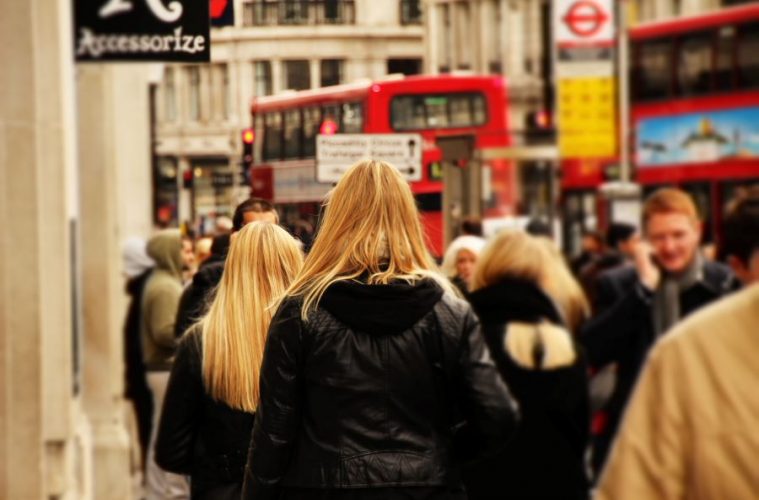The cost of living crisis has seen household incomes struggling to keep up with the rising prices of everyday essentials. Factors such as consumer goods and energy prices have contributed to the increasing rate of inflation, which has impacted households in a variety of ways.
A significant proportion of the UK has been affected. Reports showcase an increased demand for services such as food banks for instance, which sit alongside higher borrowing costs for households on mortgages and increasing prices for renters. A survey conducted by Which? explains theoretical categories in light of the crisis, where groups of the population are given labels.
For example, one of the most vulnerable groups is regarded as ‘cut off by cutbacks’, whereas those who are relatively unaffected by the crisis are ‘fretting about the future’. Many might look into consolidating their debt as 6 in 10 in the ‘anxious and at-risk’ group have substantially increased their amount of debt. This survey showcases how people have varying experiences of this crisis.
Who are the worst hit and how are they coping?
Renters
Reports show that renters are amongst the most vulnerable during the cost of living crisis. They face increased rent payments where landlords have raised prices. It is also important to highlight that a larger portion of certain ethnicities rent privately and are therefore more likely to be impacted by this. Similarly, younger people are more likely to rent, making them another vulnerable demographic under this category.
Low-income households
Unsurprisingly, low-income households are amongst the most affected by the cost of living crisis. On average, these households spend more of their income on essentials such as food and energy. So with these prices rising, this makes a significant difference.
Wage growth has not kept pace with inflation, resulting in these households having to take drastic measures, such as reducing energy costs by not turning on the heating. In turn, this can result in more severe physical and mental health conditions deriving from damp housing and bitter-cold winters. Meanwhile, wealthier households can simply alter their spending habits so that they spend less on non-essential items.
How are people compensating for the cost of living?
Statistics show that more than one-third of those whose cost of living had gone up cut back spending on food and essentials, which equates to around 16 million people, or 35%. Meanwhile, 23% of people used savings to cover costs. The impact of this is a poorer quality of life that could lead to other social and health issues across the population.
Where you can get help
If you are struggling, remember that help is out there. It’s worth looking into grants and schemes that may be able to support you. For example, you can apply for a charitable grant if you meet certain criteria. You could also get in touch with your local council as you may be eligible for the Household Support Fund. If you are struggling with your energy bills, you should contact your supplier to see whether they can accommodate a payment plan that works for your circumstances.

